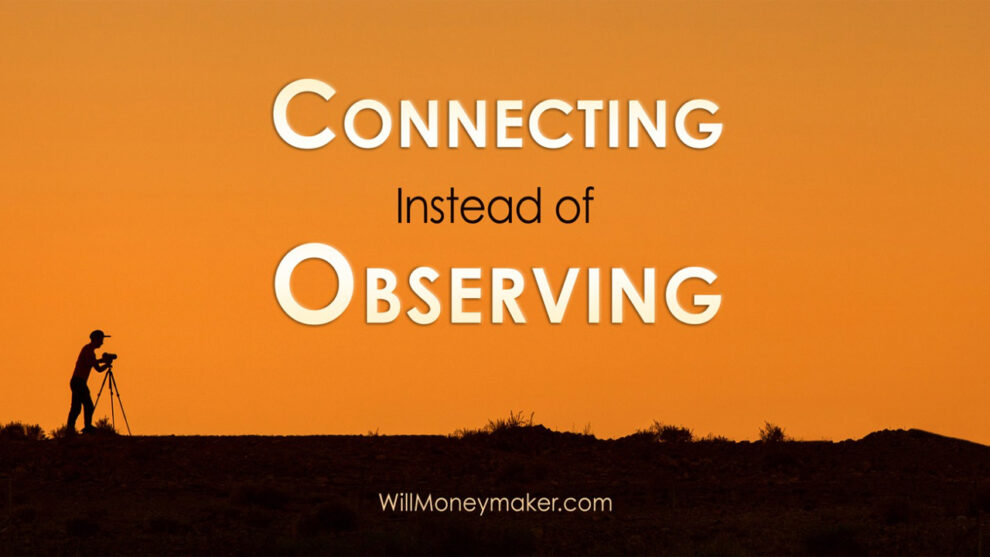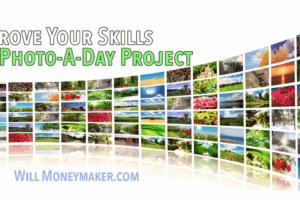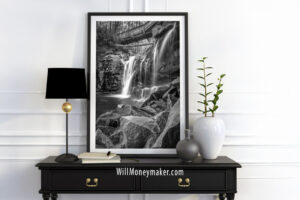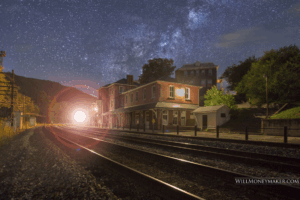Photographers like to think of themselves as observers. We stand back, we watch, we wait for something interesting to happen. But observation is only half the story. The real heart of photography often comes from connection, not distance. Today, we’re going to talk about what it means to move from observing your subjects to truly connecting with them.
As photographers, it’s easy to slip into the mindset of simply watching the world. We look for things to photograph, we wait for the right moment, and we document whatever stands out. But when we operate purely as observers, we create a certain distance between ourselves and the scene. We’re looking in instead of being part of what’s happening.
Immersion matters, because photography isn’t just about shapes and light. It’s also about emotion and thought. How can we capture those things if we never let ourselves step into the moment? When we invest our own feelings into a place or a subject, we understand it more deeply. That understanding is what lets us add meaning and depth to the photographs we make.
But that connection doesn’t always come naturally. It takes intention. Here are some thoughts that might help you connect with the scenes and subjects you’re working with.
One place to start is learning how to work with your camera in a way that supports your sense of connection. Every photographer chooses between the viewfinder and the live view screen, and each one changes the way you experience the world. Some people prefer live view because a viewfinder feels too narrow. They feel shut off from their surroundings, almost as if they’re looking through a microscope instead of participating in the scene. Others prefer the viewfinder because it blocks out distractions, helping them focus on what matters.
Neither method is right or wrong. What matters is how you see. Try both, switch between them when needed, and pay attention to how each one affects your sense of involvement.
Comfort also plays a big role. Some photographers work best alone, without chatter or anyone nearby influencing their concentration. Others feel more inspired when they have company, someone to share ideas with. And beyond the people around you, comfort includes everything else. Shoes that pinch, a heavy camera bag, hunger, thirst — any of these can pull your mind away from the scene. When you prepare for an outing, think about the choices that will help you stay fully present. Bring water, a couple snacks, gear that’s comfortable to carry, and whatever keeps you grounded.
Another important step is simply spending time in the place you plan to photograph. Don’t feel like you have to start shooting the second you arrive. Sit down. Take it in. Listen. Look. Learn the personality of the scene. You’ll notice details you would have missed otherwise, and more importantly, you’ll get a sense of how it feels. That feeling becomes part of the photograph.
This applies in busy environments too. If you’re photographing crowds, don’t stand off at a distance where everything feels detached. Get into the thick of things. Become part of the moment. Sports photographers do this — they stand on the sidelines instead of way up in the stands — because closeness brings clarity, both visually and emotionally. You understand more when you’re in it.
Think of it like acting. When actors prepare for a role, they often immerse themselves in the part. They study mannerisms, live in a specific place, or spend time experiencing what the character would have experienced. It helps them understand the role from the inside, not the outside. Photography works the same way. When you immerse yourself in a location or a moment, your images gain a layer that technical skill alone can’t provide.
In the end, the connection you form with the people, places, and things you photograph is one of the most important parts of the art. The ideas here may help, but even if they don’t, don’t worry. As you practice, you’ll naturally discover your own ways of connecting more deeply with whatever you’re photographing.





